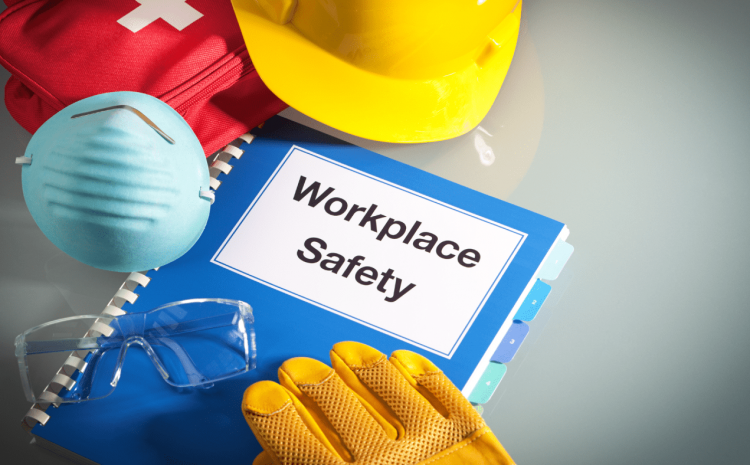
Is Your Company Ready To Migrate From OHSAS 18001 to ISO 45001
When establishing a new management system, every organization must tackle different challenges. The same goes for the companies which plan to migrate from OHSAS 18001 to the new and more adaptable international standard, i.e. ISO 45001.
The process involves its own challenges, however, with thorough and careful planning, commitment and checking, a company, its employees and all other stakeholders can quickly capitalize on the benefits of the improvised health and safety management system.
As per the ISO 45001 guidelines, all businesses hold the responsibility to provide their staff with a safe, healthy and secure workplace. For instance, in some tech companies and organizations, nap rooms and sleep pods have now become a norm. This may include dome-shaped sleep rooms such as provided at the headquarters of Baidu – a Chinese internet company in Beijing.
According to the World Economic Report, companies like Google now fully recognize that offering and promoting a healthy workplace also improves productivity. This also helps in attracting and keeping talent from all over the world. Not to mention, when your workforce is healthy, it lowers an organization’s health care costs and considering the domestic circumstances, helps in preventing potential liabilities while reducing pension costs.
However, with the technological advancements and artificial intelligence, the biggest challenge for companies is to change the workplace and nature of work. The Global Wellness Institute highlights the basic need to reskill your workers to understand new technologies which are needed to make work more adaptable, fluid and collaborative.
Therefore, migrating from one standard to a new standard involves its own challenges. Indeed, the work involved in introducing the ISO 45001, through the successful collaboration of world’s best safety and health brains, shows that the product is nothing but a world-class document with immense benefits for all types of industries.
However, considering the companies in different cities of Saudi Arabia, the implementation of ISO 45001 in Riyadh or Jeddah would be much easier as these companies have already established other management system standards such as ISO 14001 or ISO 9001 and have the similar structure.
Moreover, certified companies have around three years to migrate from OHSAS 18001 to the new ISO 45001. Thus, the organizations must not be complacent but instead must use proper planning to achieve better results.
The maximum advantage of ISO 45001 can only be gained by organizations which implement the standard intending to exercise it properly than just obtaining the certificate. After all, the migration to the ISO 45001 is certainly a huge step for any company and in the right direction.


